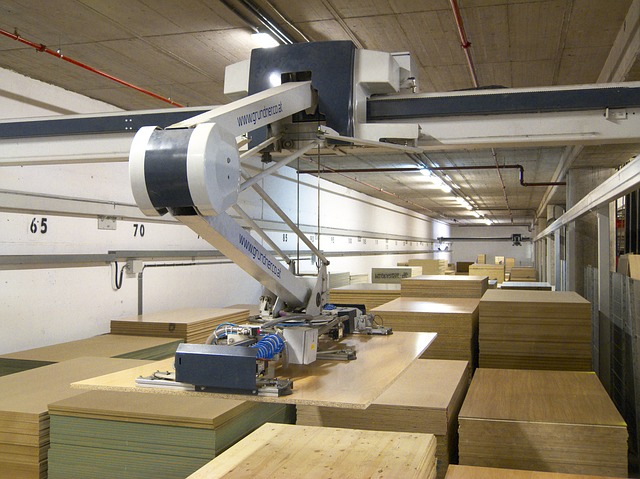Warehouse Robotics: Everything You Need to Know
Warehouse environments have no doubt been transformed by the use of automation technology. In recent years in particular, and thanks to advancements in the area, many industry sectors have come to rely on autonomous mobile robots (AMRs) and automated guided vehicles (AGVs) within their warehouse management system and wider supply chain as a route to improved hygiene, optimum safety, increased efficiency, and lower costs.
The use of autonomous mobile robots and guided vehicles has increased further still in light of the challenges presented by the Covid-19 pandemic as well as more recent international and political supply chain issues.
In this guide, we delve deeper into the use of robotics within warehouse environments, from its very beginnings to the benefits harnessed by the warehouse managers of today.
The history of robots used in the supply chain
The power of digitalisation has been felt across every industry sector in one way or another, with the World Wide Web noted as the principle force for driving change in both our professional and personal lives.
On a personal level, how we shop for and acquire the goods and services that are essential to our everyday lives has changed. Consumers now prefer to shop online for the vast majority of their goods and services, and this has driven warehouse environments and distribution centres to change the way they do things.
In their quest for faster order picking and packing, and even speedier delivery times, automation technology has become an essential part of the supply chain. Contrary to popular belief however the use of autonomous mobile robots and guided vehicles predates that of the internet by quite some way.
The development of the very first industrial robot began in 1954. This breakthrough device made its way onto the manufacturing production line two years later with its patent granted in 1961. It was designed to move material just a dozen feet, but sparked the development of other autonomous mobile robots with much more sophisticated capabilities.
These earlier robots evolved dramatically in the years that followed. Their successors used larger robotic arms to take on tasks like programming as well as job roles that were deemed dangerous or harmful such as welding and heavy lifting.
Why are companies choosing to use robots in their warehouses?
Since the introduction of the very first robot in the 1950s, technology has come a long way. Thanks to the development and incorporation of Artificial Intelligence (AI) and machine learning, the inclusion of improved sensors and response capabilities, and the integration of warehouse management system software, autonomous mobile robots and guided vehicles are regularly being selected to form part of warehousing teams.
Autonomous mobile robots and guided vehicles have proved particularly beneficial in undertaking repetitive, predictable tasks that don’t require the need for human interference or human skills like reasoning and problem solving.
What types of warehouse robotics are there?
Today, there is a broad range of automation technology to explore. These automated solutions undertake various roles within warehouse environments, including order picking and inventory processing.
Automated storage and retrieval systems (AS/RS), goods-to-person (G2P) technology, automated guided vehicles (AGVs), automated guided carts (AGCs), autonomous mobile robots (AMRs), articulated robotic arms, and unmanned aerial vehicles (UAVs) are all commonly found in warehouse environments serving multiple industry sectors.
What are the benefits of automation in warehouses?
The safety element of using automation technology over humans is often identified as the main advantage. The use of sensors and their response capabilities make warehouse robots inherently safer meaning less risk for warehouse managers and the wider workforce.
The safety credentials of using automated systems are however just the beginning. Warehouse environments can look forward to increased productivity and efficiency, greater flexibility and versatility, highly scalable solutions that grow with the business, and onboard intelligence that is simple to integrate and easy to redeploy.
Many warehouses using robotics also benefit from lower operational costs, with operatives hired to manage and maintain such systems adding significant value to the wider brand.
How do robots improve performance in warehouses?
The use of robotics means better performance and lower error rates, two plus-points that could equate to greater customer satisfaction and higher profit margins. A more cohesive, consistent supply chain will work wonders for your reputation too, providing optimal routes for expansion in your current marketplace or growth in other areas if you wish to extend operations regionally, nationally or even globally.
Whether going fully or partially automated, the introduction of warehouse robotics provides an adaptable workforce that grows with your business wherever you plan on taking your organisation in the short or long term.
To discuss how Guidance Automation can help with your warehouse operations get in touch today:
Call us on: +44 116 243 6250
Alternatively: Fill out the form on our contact page




